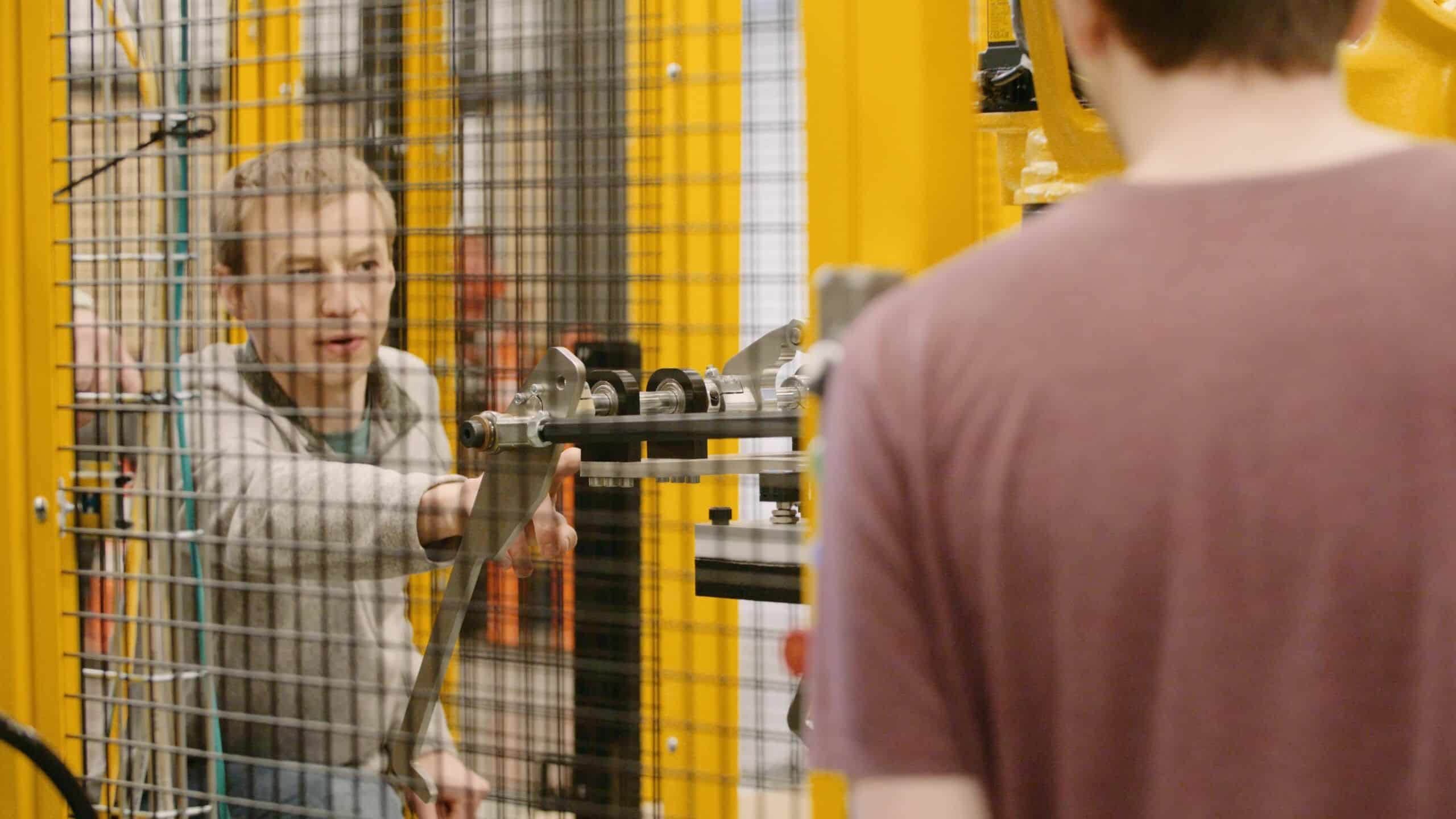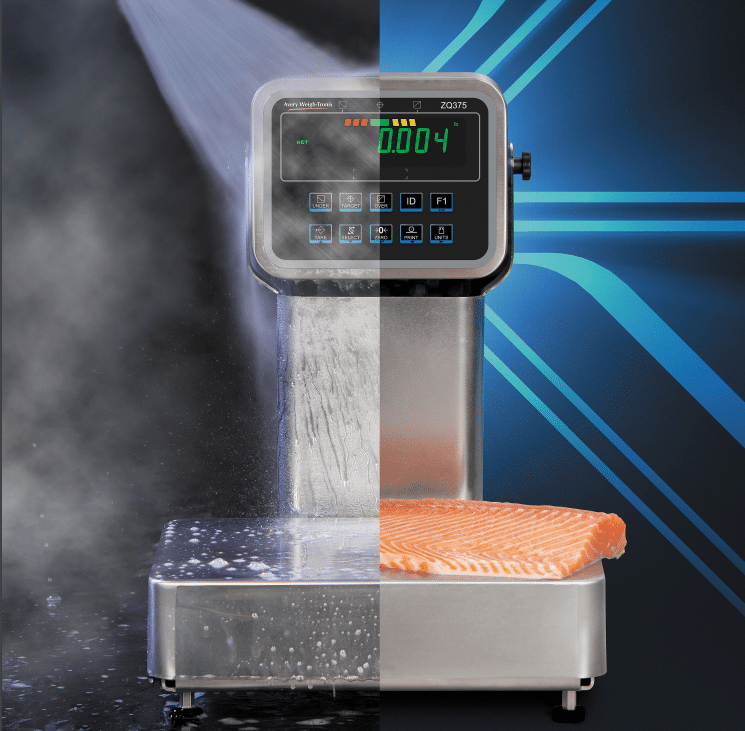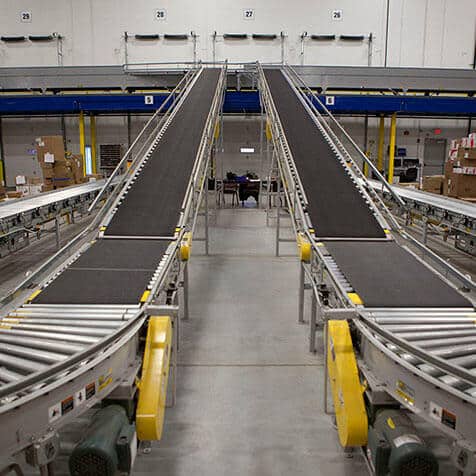Conveyor belt tracking problems can be a real headache, but don’t worry, we’ve got your back! Let’s get to the bottom of what causes these issues and how to fix them the right way.
First, a quick overview of what can mess up your belt tracking. Pulley lagging is a big one—if the pulley isn’t properly lagged, the belt can slip and wear out faster. Misaligned pulleys can also throw your belt off track and lead to pulley wrapping failure. And if you’re using the wrong pulley to adjust the belt, especially in systems with a center drive, you’re likely making things worse. Debris like tape or grit on the pulleys can create bumps that mess with tracking, and worn-down parts in the belting frame can cause alignment problems over time.
Here are a few other items to check:
- Make certain all pulleys are set square.
- Check for any worn or loose bearings.
- Is your belt cut and laced square?
- No outside forces should be rubbing on the belt.
Now, for the fix. Instead of fiddling with the end rollers and take-up pulleys, focus on the snub roller at the infeed end. By applying pressure to the outside of the belt with this roller, you can get things back in line without stretching the belt unevenly. And don’t forget—always check the manufacturer’s guidelines for specific tracking adjustments.
Proper tracking keeps your conveyor system running smoothly, reduces wear and tear, and extends the belt’s life. If you need more help, just give the RMH Systems Service Team a shout. We’re here to help!
Related Articles

5 Year-End Material Handling Problems to Solve Before 2026
Key Takeaways This article explains how solving common year-end material handling challenges—such as unfinished projects, deferred maintenance, inefficient layouts, and delayed automation—can help operations start 2026 with improved safety, efficiency, and ROI. Year-end is [...]

Why Hygienic Weighing Solutions Are Essential in the Food Industry
Food safety is the cornerstone of consumer trust, and in today’s competitive food industry, maintaining impeccable hygiene standards is more critical than ever. For decades, RMH Systems has specialized in industrial scale solutions, partnering with [...]

Tech Tip: Keeping Your Conveyor System Running Smoothly
At RMH Systems, we understand that keeping your conveyor system in top shape is essential for a hassle-free operation. With years of hands-on experience as service techs, we're here to share some down-to-earth advice that [...]
